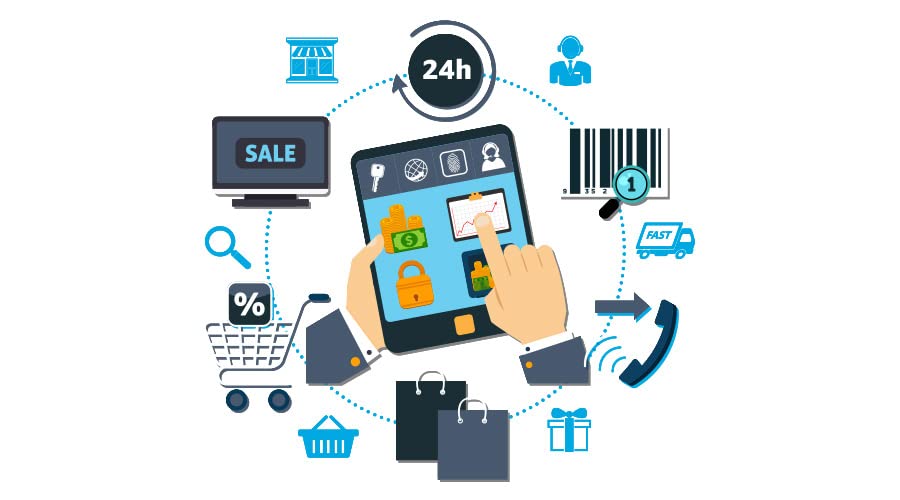the exchange of goods and services and the transmission of funds and data over the internet.

the exchange of goods and services and the transmission of funds and data over the internet.
E-commerce, short for electronic commerce, refers to the buying and selling of goods and services over the internet. It involves online transactions between businesses and consumers (B2C), between businesses (B2B), or between consumers (C2C).
E-commerce offers several benefits, including: Global reach: Reach customers worldwide without geographical limitations. Convenience: Shop from anywhere, anytime, using a computer or mobile device. Cost-effectiveness: Lower operating costs compared to traditional brick-and-mortar stores. Personalization: Tailor marketing messages and product offerings to individual customers. Analytics: Access to data and analytics for better decision-making and targeting.
There are several e-commerce models, including: Business-to-Consumer (B2C): Businesses sell products or services directly to consumers. Business-to-Business (B2B): Businesses sell products or services to other businesses. Consumer-to-Consumer (C2C): Consumers sell products or services to other consumers, often through online marketplaces. Consumer-to-Business (C2B): Consumers sell their products or services to businesses, such as freelancers offering services to companies.
An online marketplace is a platform that connects buyers and sellers, allowing them to trade goods and services. Examples include Amazon, eBay, and Etsy.